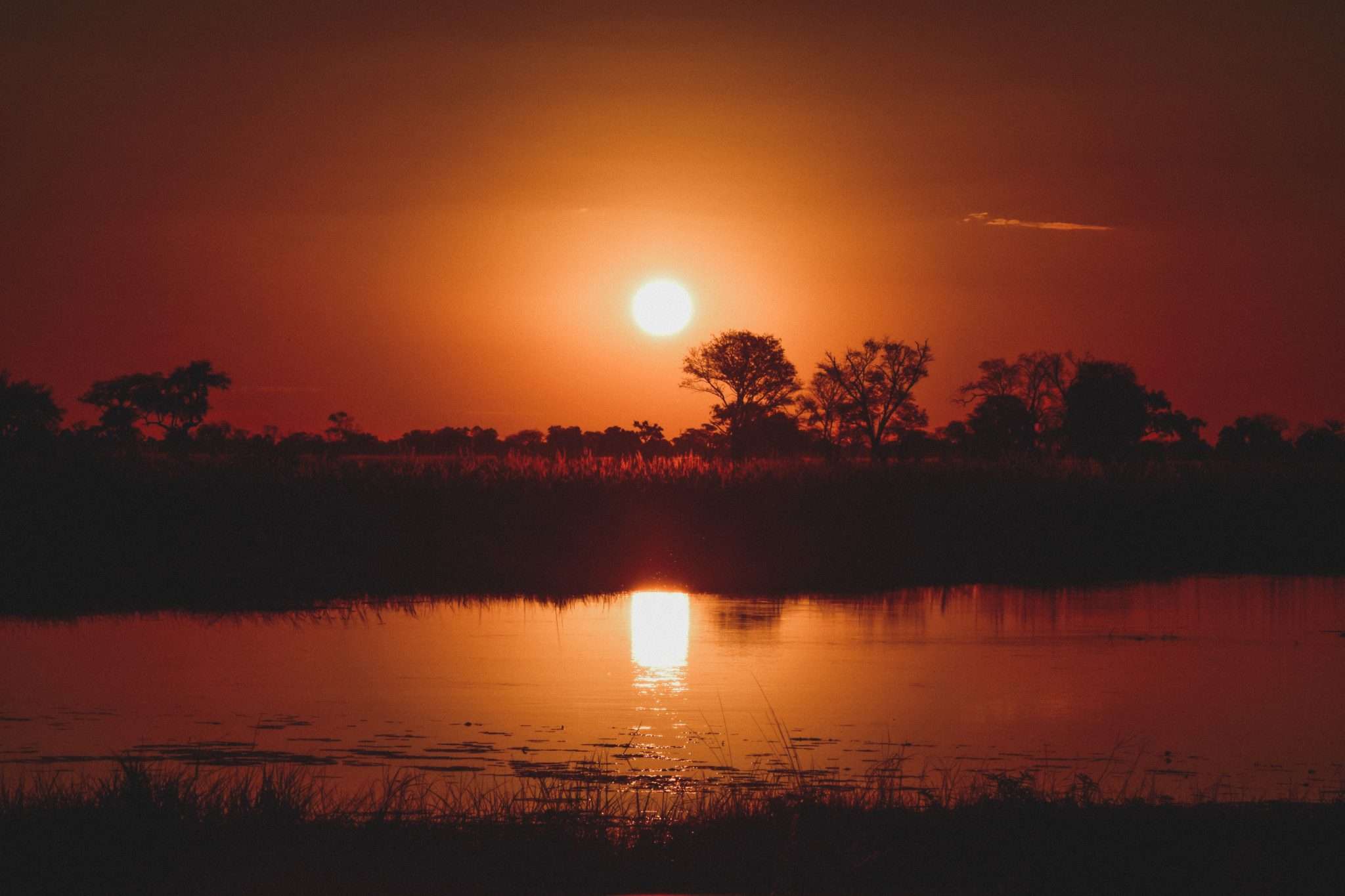In its latest conservation effort, De Beers has partnered with National Geographic to launch Okavango Eternal, one of the most ambitious transboundary conservation efforts in sub-Saharan Africa to date.
De Beers isn’t just leading the charge in sustainable and ethical diamonds. The luxury jewelry brand is also working to lift Africa out of poverty, improve water and food security, and protect critically endangered species.
The Okavango Basin
The Okavango Basin is one of the most important ecosystems on the continent—it serves as the main source of water across the Okavango Delta, also known as “the jewel of the Kalahari.” It spans 2.5 million kilometers across southern Angola to eastern Namibia and northern Botswana. The Okavango Delta provides critical freshwater to more than a million people. It’s also one of the world’s most biodiverse locations. It is home to the world’s largest elephant populations among other species including hundreds of types of migratory birds, lions, cheetahs, giraffes, and wild dogs.
De Beers entered the partnership after working closely with Botswana and Namibia for decades, “making their people significant shareholders in De Beers and our commitment to the long-term sustainable development of the countries a core part of our business,” said Bruce Cleaver, CEO, De Beers Group.
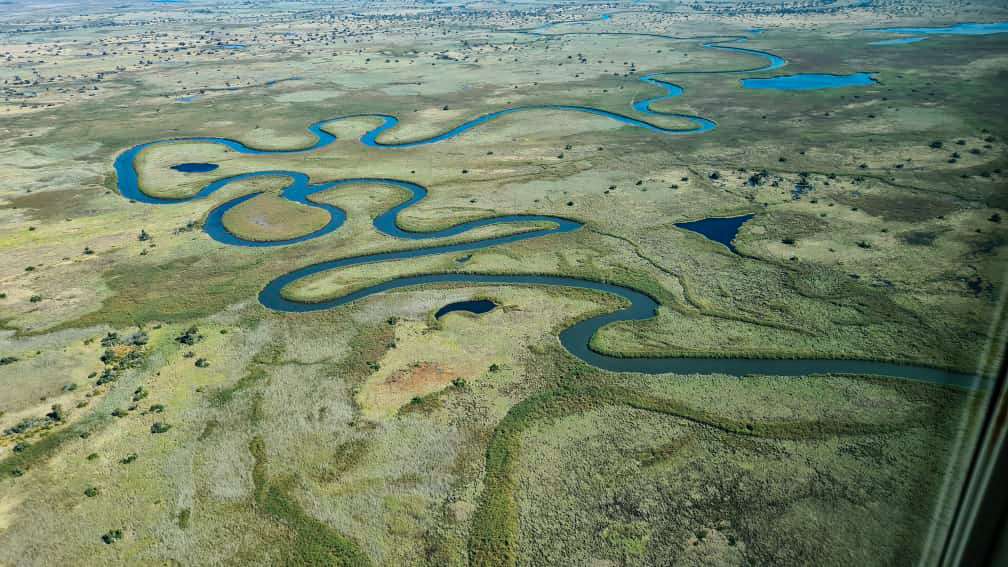
“There is no doubt that the Okavango River Basin is under threat. How we treat this delicate ecosystem in the coming years will dictate its vitality — for its people and its wildlife — for future generations. This is our last chance to help protect this natural wonder and we are pleased to partner with De Beers on this critically important project,” said Dr. Steve Boyes, National Geographic Explorer and leader of the National Geographic Okavango Wilderness Project.
“Together, we will leverage our collective resources to scale efforts to facilitate long-term, sustainable management of protected areas in the region by helping establish and further partnerships between governments, NGOs, and local communities through a sustainable conservation economy.”
The initiative is part of the De Beers “Building Forever” mission, which, according to Cleaver, “aims to ensure every De Beers diamond creates a positive and lasting impact in the place where it is discovered. “We manage half a million acres of land for conservation across southern Africa, protecting wildlife, supporting livelihoods and creating education and eco-tourism opportunities for the surrounding areas,” Cleaver said.
Conservation efforts
Despite ongoing conservation efforts, things are changing across the Basin. Climate change, development, and poaching are putting pressure on wildlife and the Delta’s water sources. Its health relies on the continued health of its source lakes and rivers, which face pollution and drought.
Current protections exist for the Delta—about 40 percent is protected within the borders of Botswana’s Moremi Game Reserve. The rest is controlled by more than a dozen wildlife management areas, controlled hunting areas, and private or community trusts. In 2014, the Delta became the 1,000th UNESCO World Heritage Site for its vast biodiversity and value to the region.
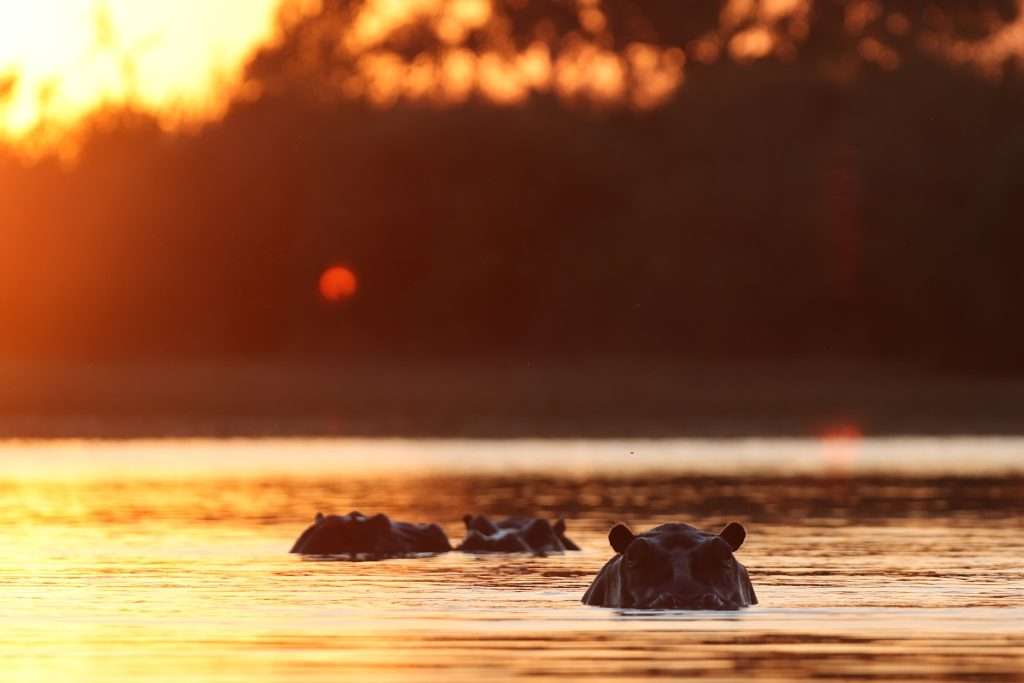
While the Delta is protected, the Basin that feeds it is not. And it’s facing critical threats.
“That’s why our partnership with National Geographic is vital,” Cleaver says. “By sharing our expertise and resources and working with local communities, governments and other NGO partners, we will deliver a positive impact that is far greater than what any of us could achieve on our own, and ultimately protects the natural world and improves people’s lives.”
Food, water security and climate protection
De Beers and National Geographic will work together over the next five years to help fund, expand, and accelerate conservation efforts already underway in the region.
Among the efforts is a long-term project aimed at providing corridor protection for the safe migration of endangered species. The project will also focus on critical conservation research and expeditions, monitoring technology, and offering extensive training programs.
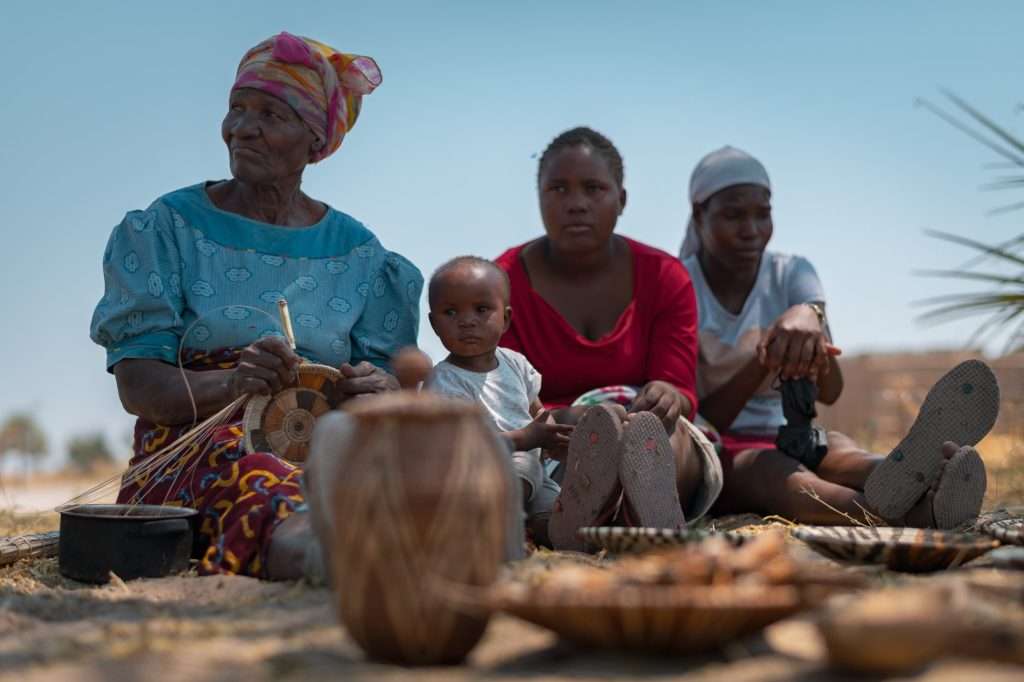
The partnership is also focused on supporting local communities—providing sustainable food resources and water security for more than one million people, and providing livelihood opportunities for 10,000 people across the Delta communities. This includes efforts to protect against climate-related impacts.
De Beers and National Geographic say the partnership will also include building a self-sustaining conservation-based tourism arm that will boost local economies and ongoing efforts to protect the basin. A film is also in the works.
“It is exciting to see this level of support and partnership at a time when coming together to protect this one-of-a-kind place is so urgently needed,” said Koketso Mookodi, National Geographic Explorer and Botswana Country Director for the National Geographic Okavango Wilderness Project. “The people of the Okavango Basin rely on its life-giving waters and we must unite our efforts and do everything in our power to ensure that they continue to flow for the future of the people and the wildlife that call this place home.”
A diamond is forever
The announcement comes as De Beers is gearing up to revive its iconic “A diamond is forever” slogan, which the brand first used in 1948. According to Cleaver, the return of the slogan will be used to promote the brand’s natural diamonds and support inclusivity.
“By sharing our expertise and resources and working with local communities, governments and other NGO partners, we will deliver a positive impact that is far greater,” Cleaver said.
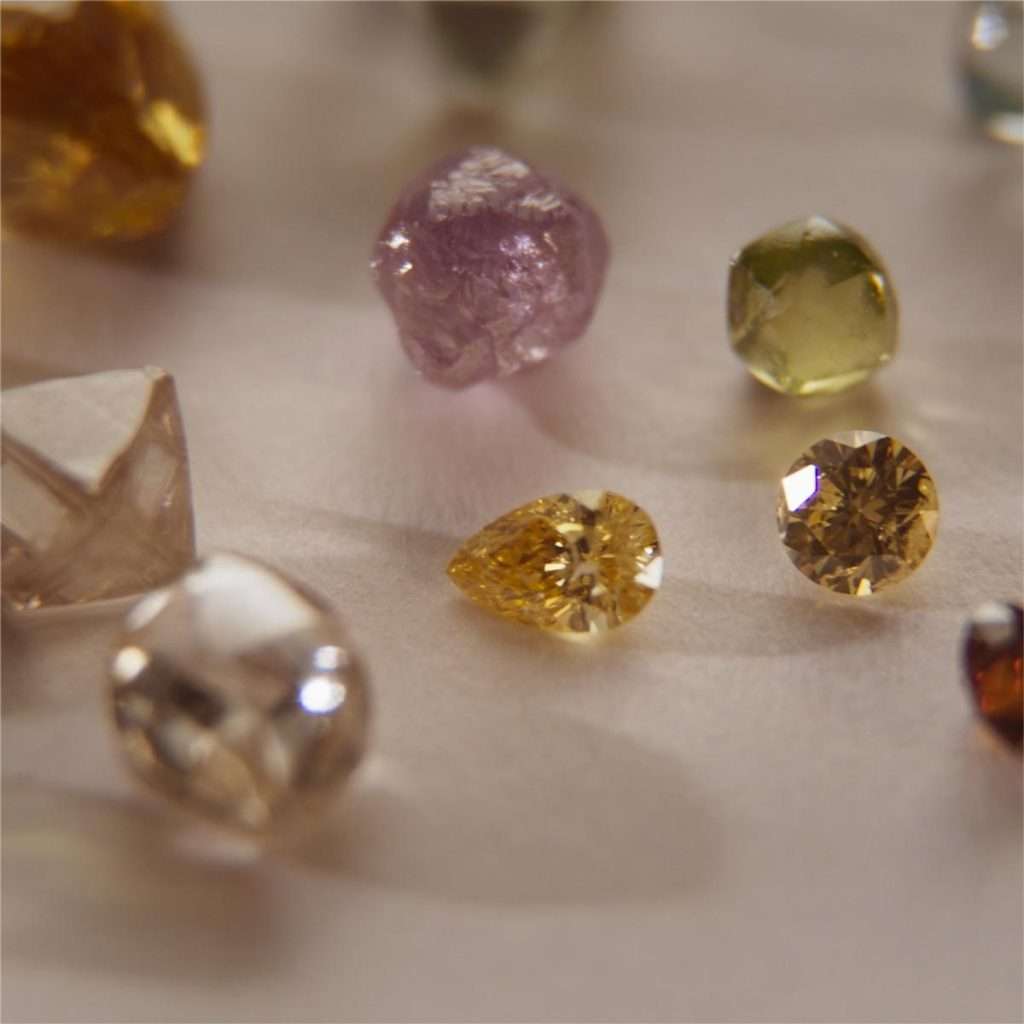
The brand recently developed De Beers Code of Origin, a quality mark for its diamonds that mark the stones as both natural and conflict-free. The mark is invisible to the naked eye buy jewelers will be able to see the marking that indicates sourcing came from conflict-free regions such as Botswana, Namibia, South Africa or Canada.
“For most consumers it will create a step-change in the connection they have to the story of their diamond,” David Prager, chief brand officer, De Beers Group, said in a statement. “not just where it came from and how it was sourced, but the positive difference it made in people’s lives.”
For more information, visit the National Geographic website.
Related: Europe’s Historic Wellness Culture Sees 11 Spa Towns Recognized As World Heritage Sites

